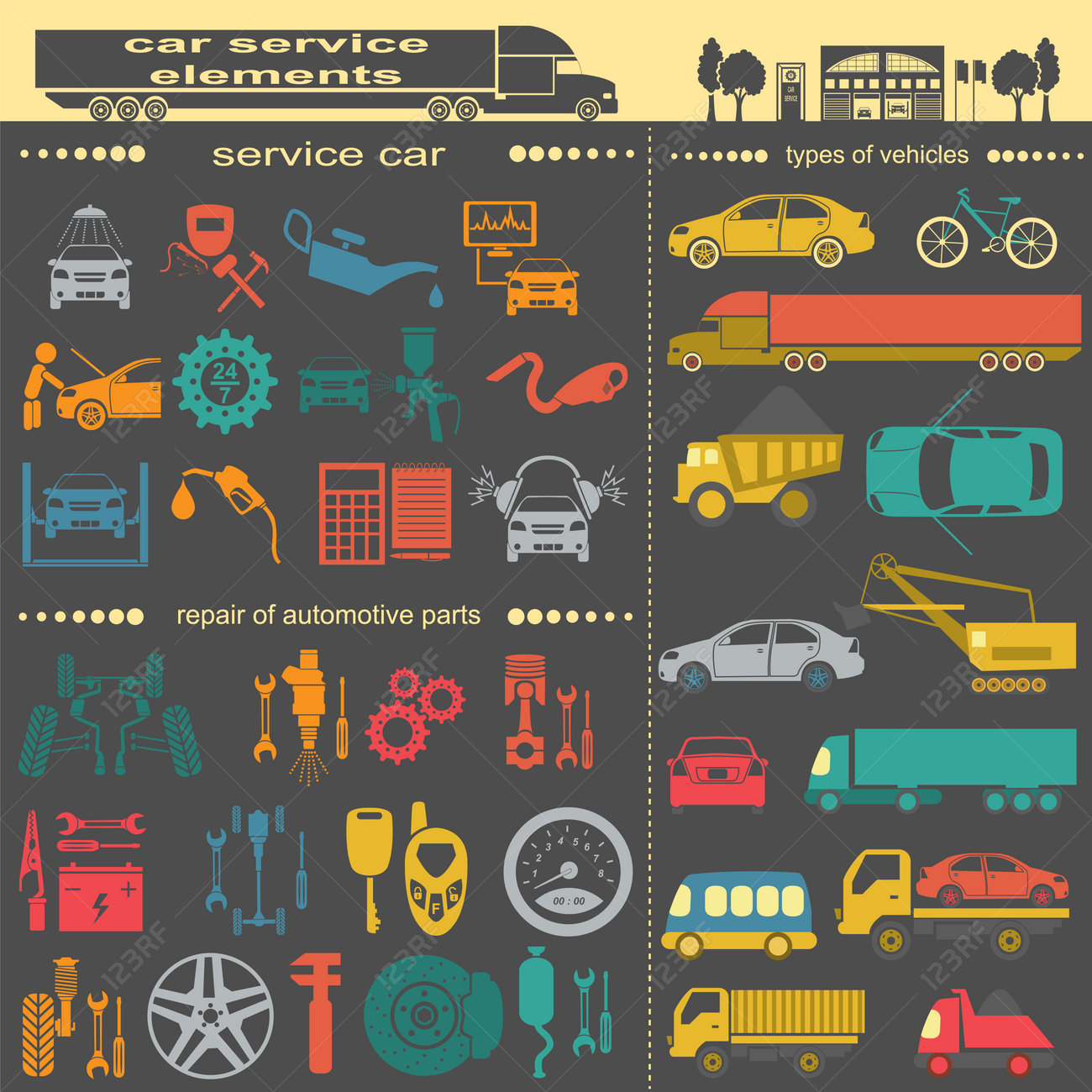When you lag the wheel, those radiant caution lights on your dashboard can be a little bit difficult. Do you understand what they're attempting to inform you regarding your automobile's wellness? Comprehending the importance of these lights is vital for your security and the long life of your automobile. So, the next time one of those lights turns up, wouldn't you wish to analyze its message properly and take the required steps to address it?
Common Caution Lights and Interpretations
Determine common warning lights in your automobile and comprehend their meanings to guarantee secure driving.
The most regular warning lights consist of the check engine light, which indicates issues with the engine or exhausts system. If https://www.kbb.com/car-advice/ordering-car-from-factory/ comes on, it's critical to have your lorry examined promptly.
The oil pressure cautioning light suggests reduced oil stress, requiring instant focus to avoid engine damages.
A flashing battery light may suggest a defective charging system, potentially leaving you stranded if not resolved.
The tire pressure tracking system (TPMS) light informs you to low tire pressure, affecting automobile security and fuel efficiency. Ignoring this might bring about dangerous driving conditions.
The abdominal light indicates a trouble with the anti-lock braking system, compromising your capacity to quit rapidly in emergencies.
Finally, the coolant temperature level advising light warns of engine overheating, which can cause serious damages if not resolved swiftly.
Comprehending these typical caution lights will certainly aid you address issues without delay and preserve risk-free driving conditions.
Importance of Prompt Attention
Comprehending the common warning lights in your vehicle is only the primary step; the significance of promptly addressing these cautions can't be emphasized enough to guarantee your security on the road.
When car hand wash brightens on your dashboard, it's your automobile's means of communicating a possible concern that requires interest. Overlooking these warnings can lead to extra serious troubles down the road, jeopardizing your safety and potentially costing you a lot more out of commission.
Motivate attention to cautioning lights can stop break downs and crashes. For instance, a flashing check engine light could show a misfire that, if left ignored, could cause damage to the catalytic converter. Resolving this immediately can save you from an expensive repair.
Similarly, a brake system cautioning light may signal low brake liquid or worn brake pads, crucial parts for your security when driving.
DIY Troubleshooting Tips
If you observe a warning light on your dashboard, there are a few DIY troubleshooting pointers you can attempt before seeking expert assistance.
The first step is to consult your vehicle's manual to recognize what the certain warning light indicates. Often the concern can be as straightforward as a loosened gas cap causing the check engine light. Tightening up the gas cap might settle the issue.
An additional usual issue is a low battery, which can activate different advising lights. Checking the battery connections for corrosion and ensuring they're safe and secure might take care of the trouble.
If a warning light continues, you can try resetting it by separating the auto's battery for a few mins and then reconnecting it. Furthermore, inspecting your vehicle's liquid degrees, such as oil, coolant, and brake liquid, can help repair cautioning lights connected to these systems.
Verdict
Finally, understanding your car's caution lights is crucial for maintaining your lorry running efficiently and safely. By quickly addressing these informs and understanding what they indicate, you can avoid pricey repairs and possible break downs.
Remember to consult your auto's manual for particular details on each advising light and act accordingly to ensure a trouble-free driving experience.
Remain educated, remain safe when driving!
